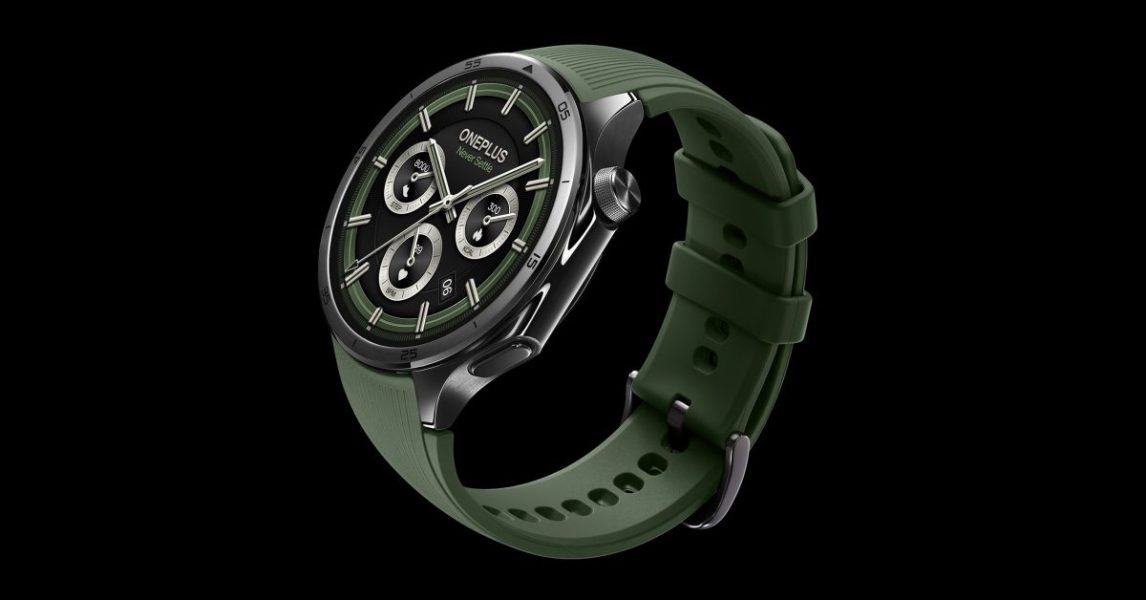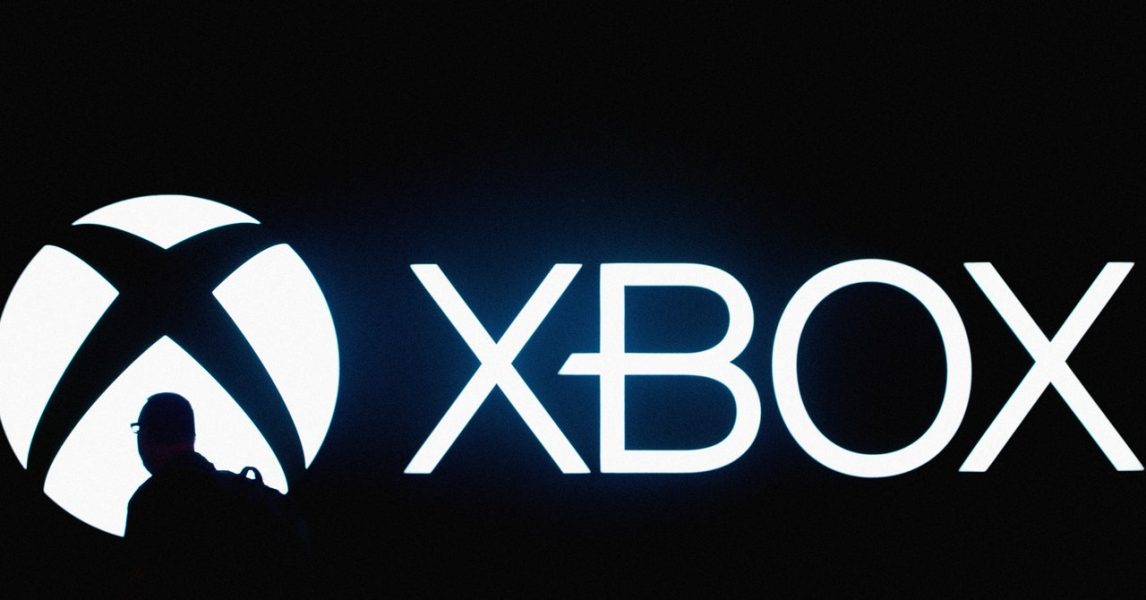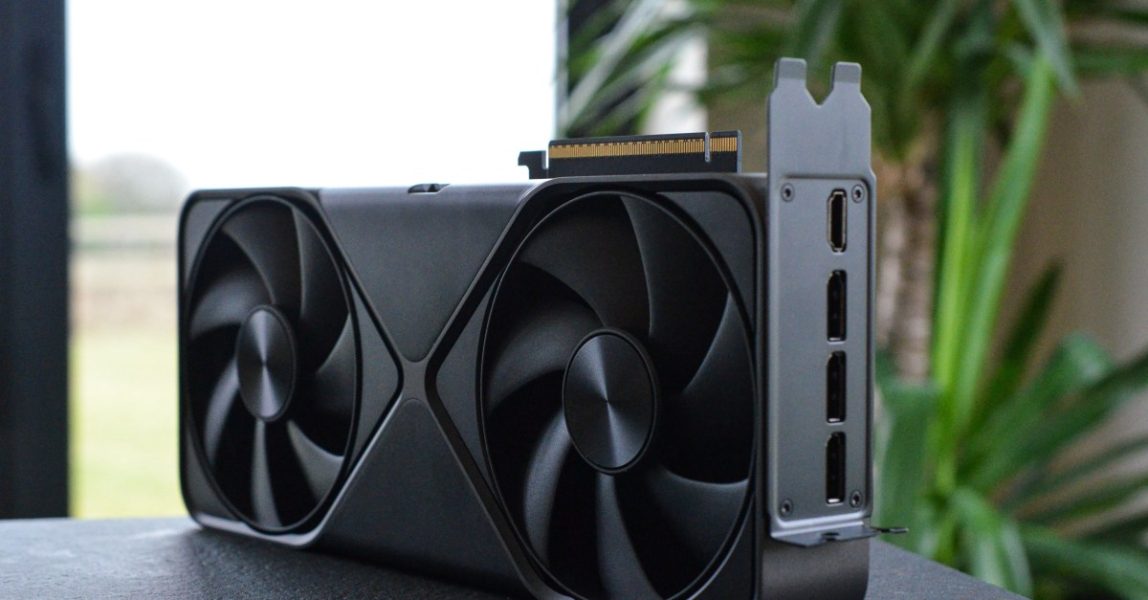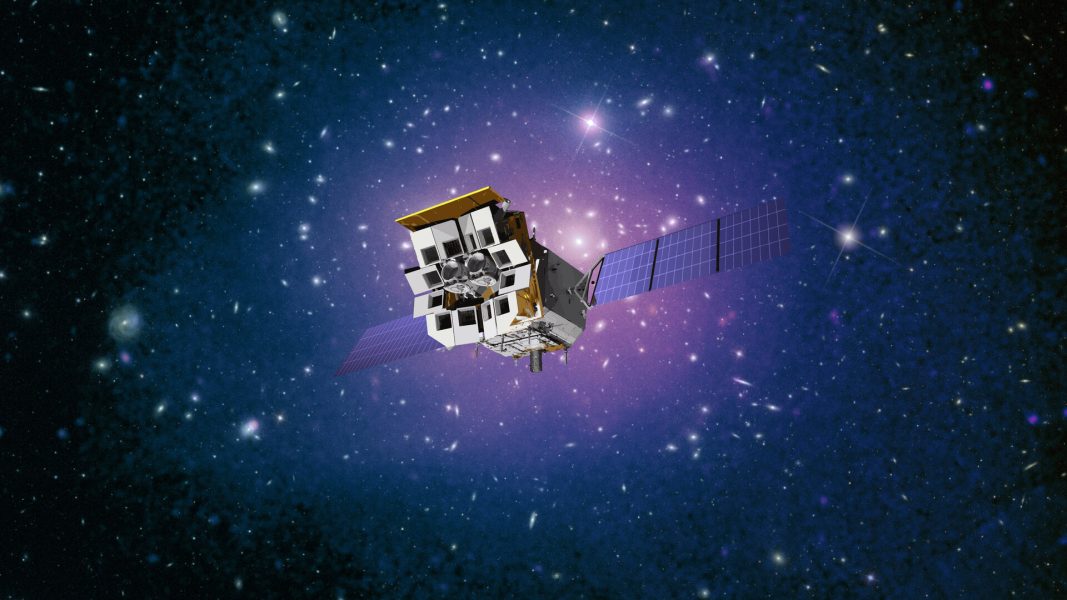Lenovo Legion Tower 7i Gen 8 Review: Maxing Out on Performance and Value – CNET

There are some minor areas this gaming desktop could have improved, but overall, it’s a comely beast ready for serious gaming.
CNET’s expert staff reviews and rates dozens of new products and services each month, building on more than a quarter century of expertise.While building your own PC can often be the most cost-effective way to get a powerful gaming PC, it comes with its own share of hurdles. Some PC makers, however, have pre-built computers that can come close to the price of a home-built system. Lenovo’s Legion Tower 7i Gen 8 is one of those, offering a respectable array of powerful hardware packed in, wired up and cooled for only a small premium over what you’d pay if you tried to DIY. While generally great, the Legion Tower 7i Gen 8 can be a little shaky with pricing. It often sits around $2,549 for the configuration tested here, which is well below the price Lenovo suggests the machine is worth. Overall, though, it proves an excellent gaming machine with both style and substance. There are a few ways Lenovo could have improved it further, however. Unsightly and non-overclocked memory, disappointing I/O and minimal dust filtration are small letdowns in an otherwise compelling system. However, the Legion Tower 7i Gen 8 shines where performance is concerned. Note: On our test sample the DDR5-4400 was actually 5,600MHz UDIMMS but limited to 4,400MHz. We were able to fix this in the BIOS.The Lenovo Legion Tower 7i Gen 8 is exclusively a high-end, high-performance desktop gaming PC. There’s no “budget” configuration. The system starts at $2,899, including an Intel Core i9-14900KF, RTX 4070 Ti Super, 32GB of memory and 1TB of PCIe 4.0 x4 storage. If you want a bit more gas, the price bumps up to $3,149 for our test configuration, which swaps in an RTX 4080 Super. A third configuration doubles the storage on top of that graphics card upgrade, raising the price to $3,249. But here’s the catch: These are basically nonsense prices. Lenovo lists “Est[imated] Value” prices for its various products, but they’re pretty much never the price you pay. Or should I say, don’t pay these prices ever. Lenovo itself has constant discounts, and there are often hordes of coupon codes available that can lower the prices even further. As I write this, the base configuration I mentioned sits at $2,249, and our test configuration has seen its price fluctuate between $2,345 and $2,549 in the time I’ve spent reviewing it. Meanwhile, the top configuration, which has just a $100 uptick over the estimated value of our test configuration, actually sits at $2,849, meaning that a 1TB storage upgrade costs $505. Which is to say, look closely at the real prices when shopping.Lenovo isn’t the only place you can buy these desktops, but it’s the safest bet for ensuring you’re looking at the right product and getting the correct specifications. Amazon can obscure relevant details (like exact model names), while some outlets might charge closer to the “estimated value” pricing. Alternately, if you don’t mind turning your own tiny wrenches, I was able to configure a similar DIY build with a price of about $2,300 in PCPartPicker. So the pricing varies greatly, but Lenovo isn’t outrageously overcharging for its build. With an Intel Core i9-14900KF and RTX 4080 Super, it stands to reason that the Legion Tower 7i Gen 8 would be a performance beast. And guess what? All-around performance is beastly, with the system scoring 9,720 in PCMark 10. I don’t know if I’ve ever seen a computer cross the 10,000-point threshold, and few come close. For games, the Legion Tower 7i Gen 8 shows its stuff, readily achieving over 250fps in Shadow of the Tomb Raider at its highest settings and even reaching a 136fps average with the resolution bumped up to 4K. It achieved similarly impressive results in Guardians of the Galaxy, running the game at 1080p High graphics with an average of 207fps or at 4K High graphics at 148fps. Mind you, these are the results without any resolution scaling or DLSS features enabled. If you take advantage of those, those frame rates can leap up dramatically. The system also remains calm and stable throughout. Running 3DMark’s Steel Nomad stress test, which runs the benchmark 20 times in a row, the system maintained 98.6% consistent results, with scores ranging from 6,641 to 6,737 points. The CPU doesn’t struggle to keep cool with its 360mm radiator, settling at around 30 degrees Celsius in the test. And even though the RTX 4080 Super is receiving warmed air from the radiator, it leveled out below 70 degrees Celsius. (The test does hit the GPU harder than the CPU.) We haven’t tested many systems that can compete with Legion Tower 7i Gen 8. Of those, only the Dell XPS 8960 (which is basically an Alienware gaming PC in a business suit), and the HP Omen 35L come close. As you can see in the charts below, the 7i Gen 8 comes out on top in nearly every test. In the few where it didn’t, it was a close second or, at worst, third. Those systems also had an RTX 4080 Super, though their processors and other specs were different.These impressive speeds were achieved using the Lenovo Vantage Balanced profile, which actually leaves some performance on the table. So while many of its 3DMark scores sit slightly below the average for similarly configured systems, that can quickly change with the Performance profile enabled. The Steel Nomad test, for instance, went from a below-average 6,636 points to an above-average 6,756 points. Port Royal similarly bumped from 18,139 points to 18,325 points. Much like the Lenovo Legion Tower 5 model I tested, the Legion Tower 7i Gen 8 gets a stylish case with a flashy front grille, a tame but classy top grille and a large glass side panel. The 7i has a larger, 43-liter case designed to snugly fit an ATX motherboard with just a bit of extra room for cooling and additional drives. The CPU is linked up to a tall and shallow 360mm radiator attached to the front of the case, where three RGB LED-lit fans pull air into the case and push it through the radiator. Just like the Legion Tower 5, dust filtration isn’t on deck here unless you count the radiator fins, so there’s liable to be some dust accumulation over time. In addition to the fans pulling air in through the radiator, Lenovo includes two more fans exhausting air out of the top of the case and one sending it out the back. This may create some negative pressure inside the case to help pull fresh air through the radiator fins, but it can also pull air in through the bottom of the case, which thankfully has some filtration. Lenovo went hard on the RGB lighting too. The pump on the CPU bears a rainbow light ring and all of the 120mm fans in the system include rainbow lighting. “Legion” is written on the front of the case, and that also glows with rainbow lighting. Dominating the interior of the case, the RTX 4080 Super also has splashes of this rainbow lighting, with its name illuminated, as well as a glowing border around a cooling pass-through radiator. A strip of lights along the top edge of the glass side panel also provides a cool white glow to illuminate the case interior. While most of the lighting defaults to a cycling rainbow, it can also be customized in the Lenovo Vantage software with several different zones: front fans, top fans, rear fan, CPU pump, Legion logo and graphics card. Helpfully, the water pump LEDs can provide responsive lighting to represent the CPU temperature. Lenovo has done a decent job keeping the cables tidy, though there is one bundle near the rear exhaust fan that’s just bunched up and almost touches the fan blades in our unit. Popping off the metal side panel, a chamber at the bottom provides space for a couple of hard drives, and there are mounting points for two SATA SSDs. Modifications in this space will be tough, though, as it’s incredibly tight, and the cabling is jam-packed. Thankfully, Lenovo pre-wired two SATA data cables to this side, though their right-angle connectors might not work so well for SATA SSDs attached to the mounts. There might have been a bit more space if Lenovo had removed some of the cables from the modular power supply and left them in the box, but it appears they’re all wired up instead. While Lenovo has done good work on style, it’s not all great. I was surprised to see the most basic single-sided RAM sticks here, with green PCBs exposed and no heat spreader in sight. While the system includes plenty of ports (particularly USB-A), it comes up slightly lacking for USB-C, with just a single port on the rear. It’s not great to see a high-end model in 2025 lack a USB-C connection on the front panel. At least the single USB-C port supports up to 20Gbps. Lenovo does go above the basics with a 2.5GbE port and the Wi-Fi 6E proved plenty fast and stable in testing. So in all, the Lenovo Legion Tower 7i Gen 8a is a powerful, attractive system with a (usually) decent price.



